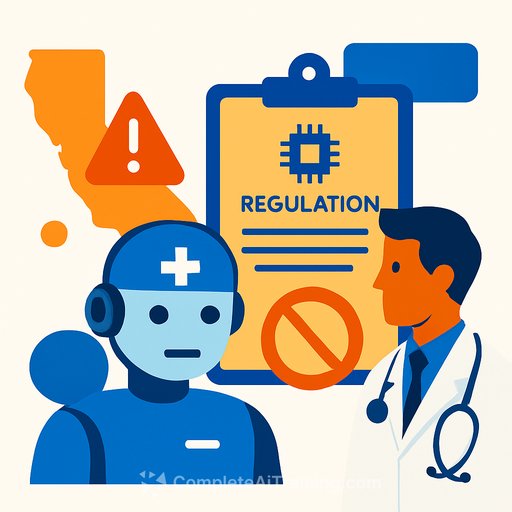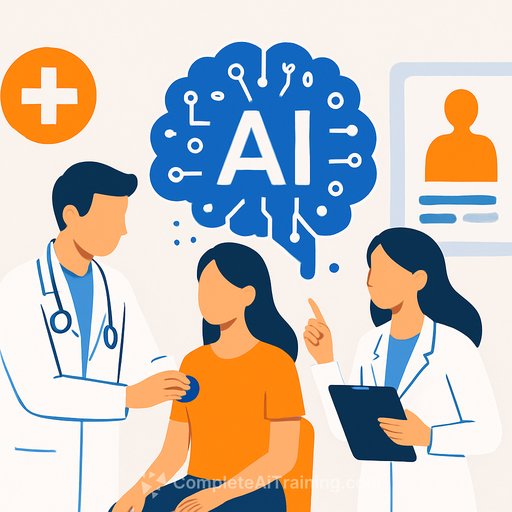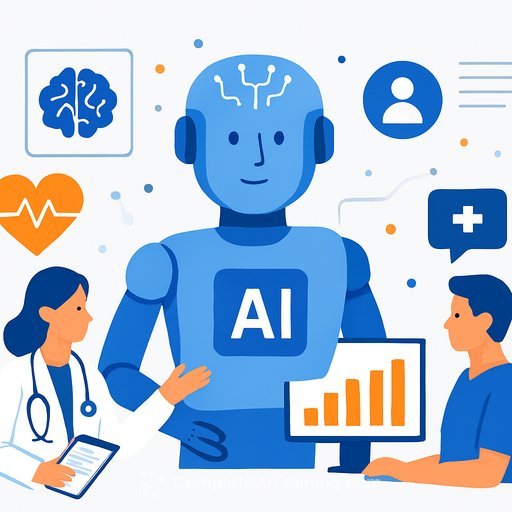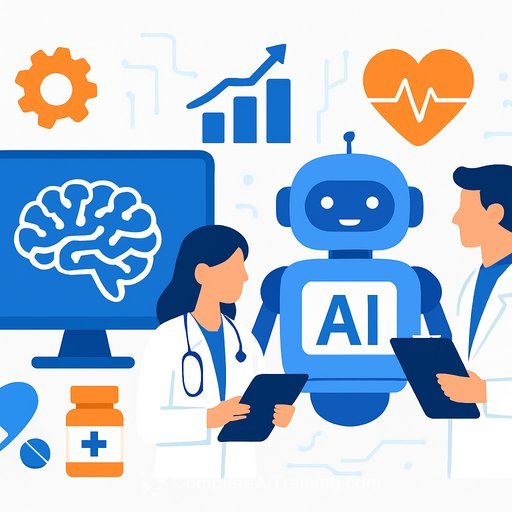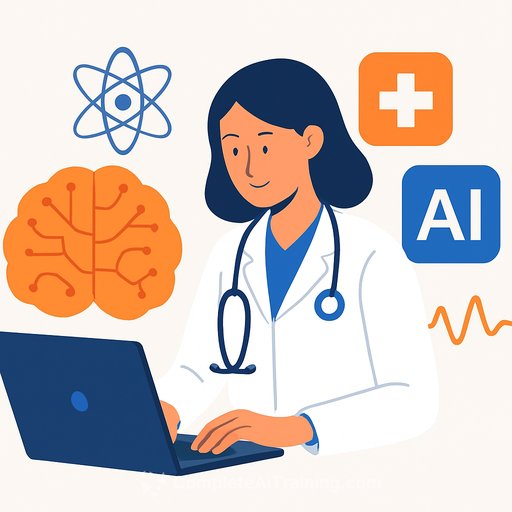The AI Doctor Is Out? How California’s AB 489 Could Limit AI Development in Healthcare
California’s Assembly Bill 489 (AB 489) introduces significant changes to healthcare regulation, signaling a shift in how AI technologies are governed in the medical field. As AI-powered tools like large language models (LLMs) become more common in healthcare, lawmakers are focusing on preventing unauthorized medical practice through AI. The era of unclear regulatory boundaries is ending, with states tightening rules on how AI can present itself to patients.
AI “Impersonation” in the Crosshairs
AB 489 targets AI systems that may lead patients to believe they are interacting with a licensed healthcare professional when they are not. This includes clear misrepresentations, such as chatbots claiming to be a specific doctor, as well as subtle signals like the use of medical credentials, professional jargon, or conversational style that implies licensed expertise. Although California law already restricts unlicensed individuals from using medical titles, AB 489 explicitly extends these restrictions to AI-generated content and interactions.
Key Provisions Impacting AI Development
The bill prohibits AI from using post-nominal letters, professional phrases, or other features suggesting licensed healthcare is involved unless that oversight is real. This creates immediate challenges for AI developers and healthcare product teams in three key areas:
- New Enforcement Channels: State licensing boards gain authority to oversee violations, introducing additional compliance oversight beyond privacy and consumer protection laws. Each violation can be treated separately, raising the stakes for noncompliance.
- Interface Overhauls: UI/UX teams must remove any design elements—words, icons, or phrasing—that imply professional medical care without proper licensure backing.
- Marketing Reinvention: Claims like “doctor-level,” “clinician-guided,” or “expert-backed” will carry risk unless licensed professionals are genuinely involved in AI development and oversight.
Part of a Larger Regulatory Trend
AB 489 is part of a wider movement to regulate AI in healthcare, alongside efforts addressing transparency, bias, and patient safety. The bill reinforces California’s strict corporate practice of medicine rules, emphasizing that clinical decisions must remain the responsibility of licensed professionals.
Strategic Steps for Healthcare AI Innovators
If AB 489 becomes law, developers have a chance to use it as a framework for building trust and gaining market advantage. Integrating legal review early in product design and marketing can prevent costly retrofits later. Engaging licensed practitioners throughout development ensures marketing claims about professional oversight remain accurate and compliant.
Transparency will be critical, including clear disclosures on AI capabilities and limitations, along with explainable decision-making processes. The dual challenge for healthcare AI companies is to stay ahead of compliance requirements without slowing innovation. Those who embed regulatory readiness into their strategy will be best positioned to succeed.
California’s move illustrates a growing trend where states push for AI adoption driven not just by speed but by trustworthiness and compliance.
Your membership also unlocks:

